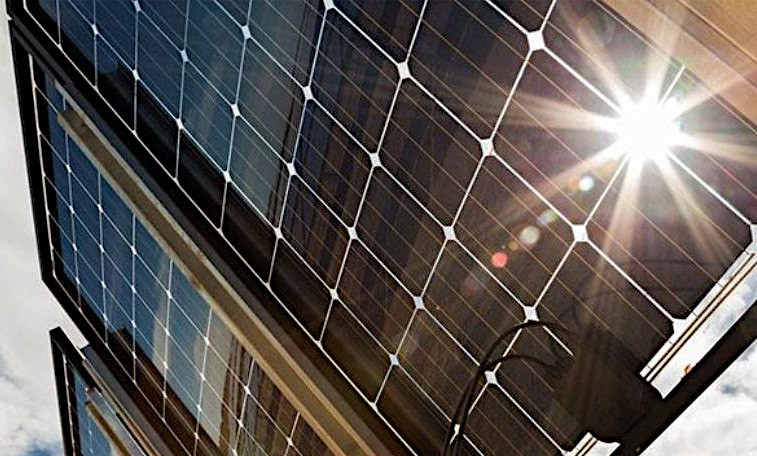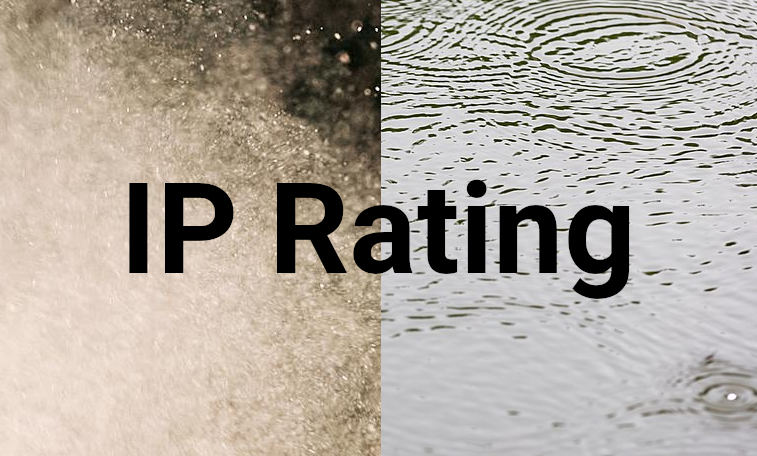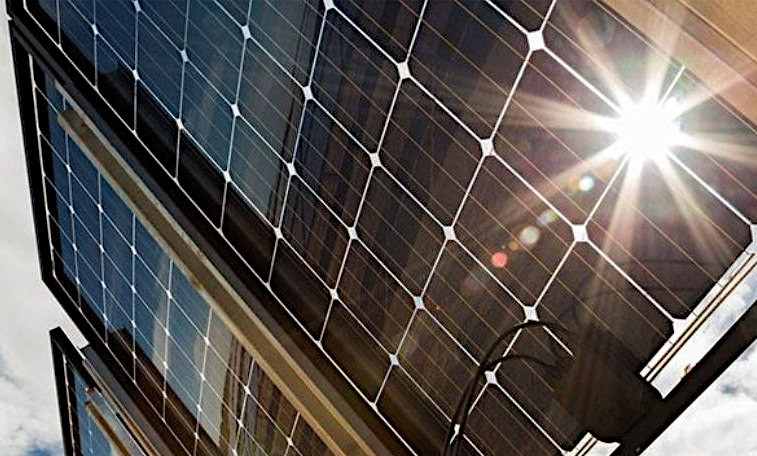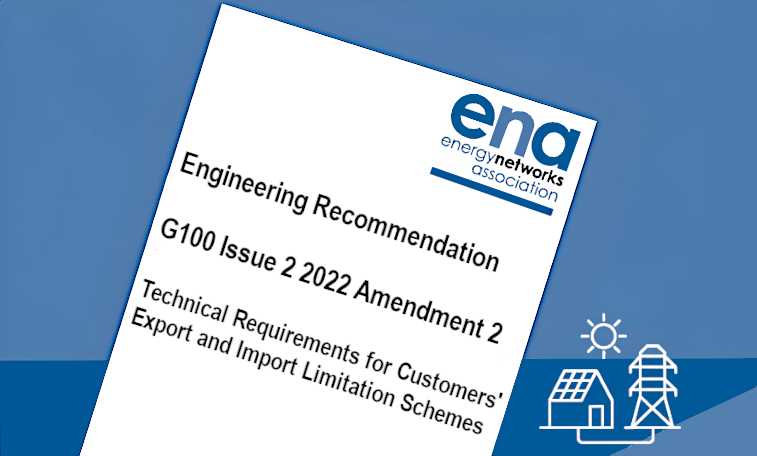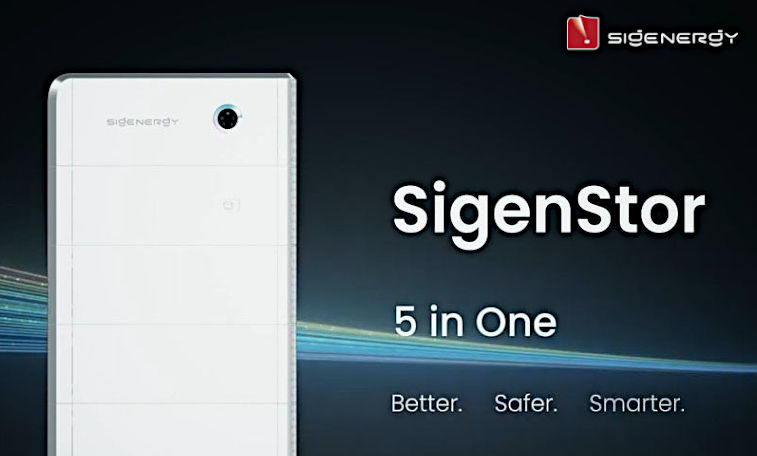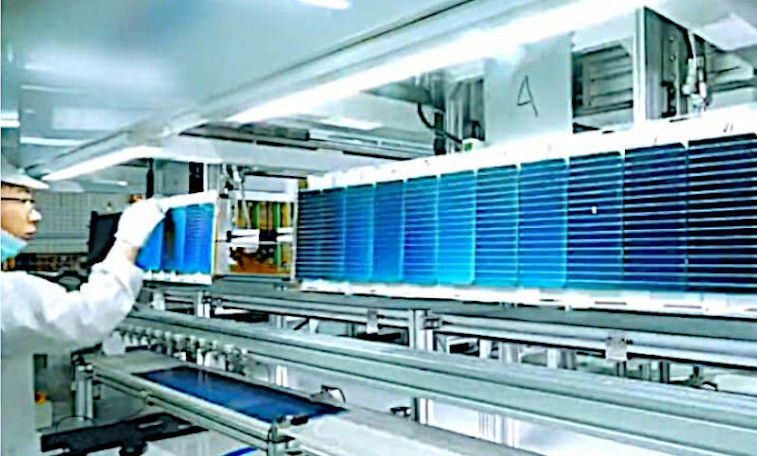Bifacial Solar Panels: What are They and Are They Worth It?
Bifacial Solar Panels: What are They and Are They Worth It?
Bifacial solar panels offer many advantages over monofacial solar PV modules. The panels are able to capture sunlight from both sides, potentially delivering greater efficiency and taking up less space.
They represent an innovation in solar panel design and are emerging as a significant trend in solar PV technology. A trend which has been endorsed by top-tier manufacturers.
The cost gap between bifacial and conventional modules is decreasing as supply and demand increase.
The International Technology Roadmap for Photovoltaic (ITRPV) estimated in 2020, that the world market share of bifacial cell technology would be around 70% in 2030.
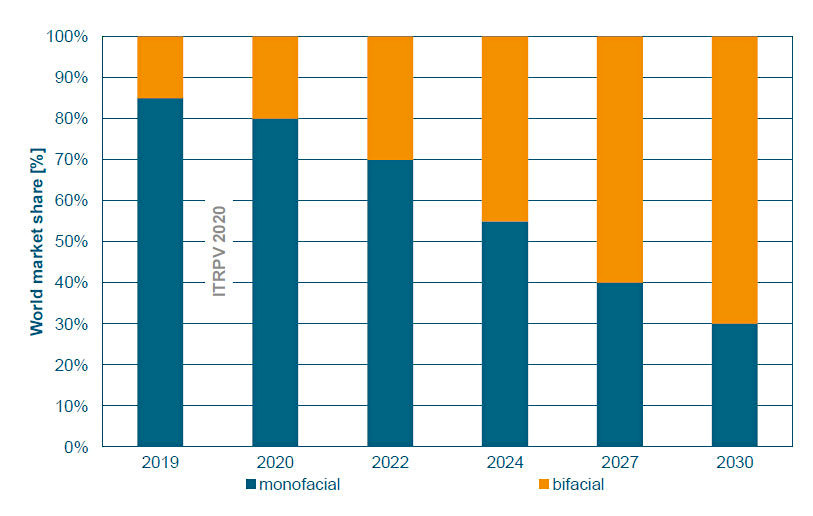

What is a bifacial solar panel?
Bifacial solar panels, as the name suggests, have cells on both the front and rear sides of the panel.
This dual-sided exposure to light offers advantages in terms of total energy generation, making them suitable to utility-scale and commercial installations or buildings with flat roofs.
In terms of traditional residential installations, it has been noted that depending on how they are done, insufficient light absorption from the back of the panels might minimise the additional benefits that bifacial panels can offer.
How does a bifacial solar panel work?
The next figure shows the differences between monofacial and bifacial solar panels.
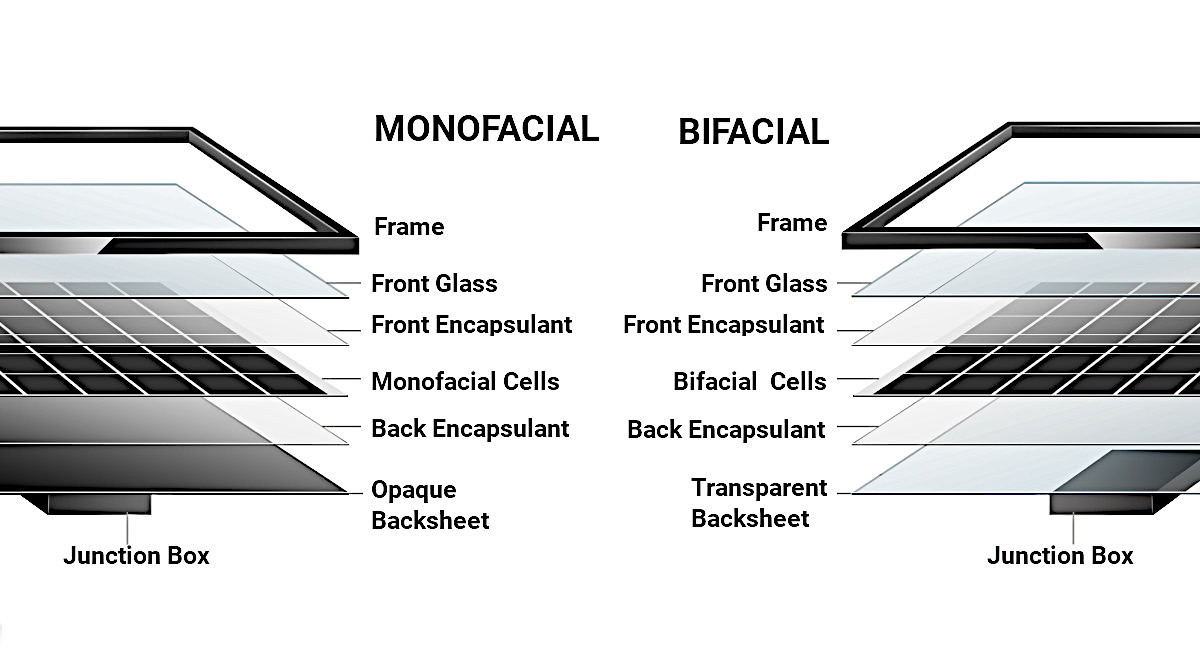

The front of a bifacial solar module is covered with a protective glass and the rear side may be made of either glass or transparent polymer backsheet that allows sunlight to pass through. This stands in contrast to conventional solar panels which have opaque backsheets.
These days, many bifacial panel designs incorporate double/dual glass at the rear of the modules. Glass-glass panels seems to better transmit light and are more resistant to unpredictable weather, moisture, corrosion, and have good mechanical load capacity.
The top solar cells of a bifacial panel capture light directly like a conventional solar panel. The bottom cells absorb light that is reflected off the ground, generating more power per square meter.
The sunlight reflected off the ground which is not absorbed is called albedo light. The ability to convert the albedo light can vary due to different factors, which in turn can affect the total panel efficiency.
“Since the light reaching the module’s rear side behaves differently than the light reaching the front side, bifacial modules must be understood in terms of “bifacial ratio” (i.e., the ratio of irradiance on the rear to that on the front) and “module bifaciality” (i.e., the ratio of the front and rear sides’ energy conversion efficiency)” - Trina Solar.
In an installation, the difficulty in estimating the exact increase in output at the rear end of a bifacial panel is because of factors such as type and color of reflective surfaces, and panels’ tilt angles.
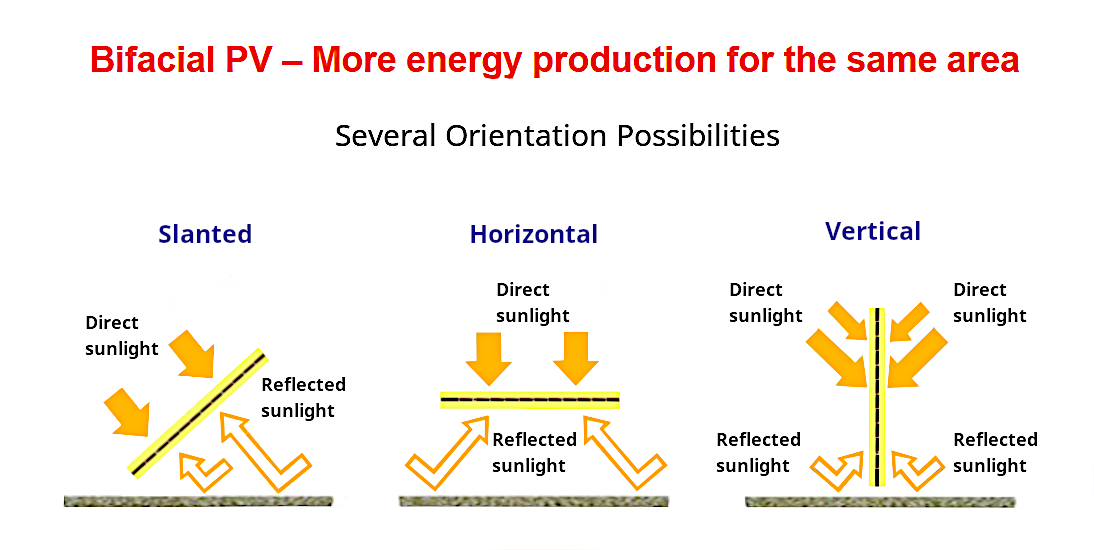

NREL - U.S. Energy Department
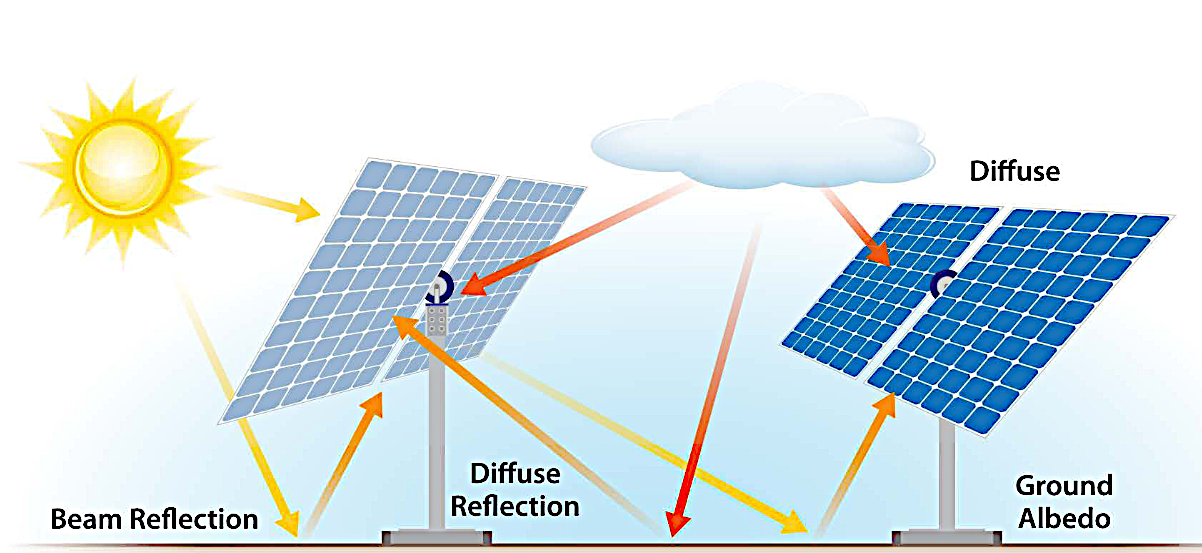

- A white surface reflects most of the light that hits it and has a high albedo, while a dark surface has a low albedo. A study (Burns and McDonnell,2019) shows that a white surface reflects more than 80% of albedo light.
- The higher the tilt angle of the module, the more light will reach the rear side, and the more energy it can produce. Panels arranged vertically are more effective, as they will have a double peak each day.
Other relevant factors affecting bifacial gains include shading, module height, orientation of the PV panels, and the distance between module arrays.
Advantages and Disadvantages of Bifacial Solar Panels
There are a number of advantages for bifacial panels
♦ Studies have shown that due to their ability to capture solar energy from both sides, bifacial panels can produce 10-20% more power than monofacial panels under the right site conditions. When single axis trackers are used, the additional power can be as high as 30-40%.
♦ Improved performance in terms of the levelized cost of energy (LCOE).
♦ These panels are particularly effective in areas with high albedo, such as snowy regions or white rooftops. Their ability to generate more power in a given space makes them ideal for space-constrained installations.
♦ Bifacial panels are typically more resistant to adverse weather conditions because of their construction. This can be confirmed by the fact that they come with longer warranties compared to traditional panels.
♦ Aesthetics: The transparency of the panels makes them aesthetically more appealing.
Bifacial have a few drawbacks
However these obstacles are being slowly overcome.
♦ The extra power which comes from the rear side can be inconsistent, depending on the environment and surrounding surfaces.
♦ The panels may require greater distance from the ground to maximise light capture.
♦ The cost gap between bifacial and conventional modules is decreasing but their prices are still higher comparatively.
♦ Care needs to be taken while installing frameless bifacial modules as overtight clamping of panels can damage the glass.
♦ Bifacial arrays operate at higher DC current levels than monofacial arrays, so system designs should take this into consideration.

